
A simplistic way to look at Art is that it generates well-being. Carl says, “If it gives pleasure or comfort, it is Art; if it instructs and enlightens, it is Art; if it confuses, is clever or clarifies, it is Art. The platform or delivery system, be it literary, culinary, educational, 2D, 3D, digital, electronic, FaceBook, childbirth, or of the plastic “arts” is the only thing that differentiates one from the other. Still, each, nonetheless, is to be respected and regarded as valuable vehicles of experience or existence.”
Perhaps that’s what Art is: a means to signify mere existence and the variety and depth of this experiential plane. In fact, to my next question regarding Art being a reflection of self, he answers, “You are what you paint, draw, sing or write.” There is no way to draw upon experience, hope, aspirations or perception without it being derived from the self. There is nothing understandable or communicable outside of self, even empathy and compassion; the need to express is a result of who one is and the flavor of a work, of one’s oeuvre, is directly a result of who we are, much more so than who we think we are which makes all art products important, even as anthropological artifacts; clues as to who was and what they were about beyond aesthetic judgments.”
On another occasion I tried to ruffle his demure self and asked him – Do you believe in Art for Art’s sake? To which Carl said he understands the question and he is aware of the thought, concept, movement, resurgence etc. But then he asks, “What does it really mean? What difference does it make? Who is persuaded and needs the affirmation? What does this question really say about Art and categorization? What does this say about intellectualization vs freedom vs aesthetic principles vs separation of judgements vs formalism vs who needs permission and why? These questions are much more important to him than Art for Art’s sake. He chuckles in his definitive style and says, “…feel free to breathe, you are allowed.”
As I approached Carl armed with a battery of questions, some of which were repetitive and mundane, I found Carl amiable enough in answering them – “Addressing this personal, sometimes all important, sometimes profoundly insignificant set of self-generated circumstances creates both an opportunity to engage and equally as much to avoid; it’s what I have come to realize is a salient contradictory feature of my character/ need.” It is rather complicated for me to summarize his responses without the risk of losing the essence. So, what follows is his responses in verbatim.
TKR: Do you find a relationship between Art (especially your interests in the process) and your life’s philosophy?
CH: Sure. I know the power of communication. I know the power and necessity of community. I also know the fear and futility of both. I am engaged, nonetheless, in activities that foster both as a strategy for survival. Quite frankly, war is over if you do not engage; loss is acceptable if you do not value the things “lost.” If there is an acceptance of things the way they are, then everything is possible, and it does not matter if it is achieved or not. Conceptually, art practice is but an exercise in life practice which, I suppose, is philosophical. Understanding that there is no difference between being a bus driver or a terrorist or a painter is essential to this “philosophy.” Again, all endeavors, including relationships, are temporary, transitory, fixed in time, and equally significant or insignificant. Life, Art, Philosophy is just something to do.
TKR: Can Art (expression) be ever consensual? Do you believe in the democratization of Art?
CH: I do. Bad Art is essential. A people’s Art, folk arts, slow Art, silly Art, ridiculous Art, indecipherable, rudimentary Art, street arts, Art of the academy; high and low Art are essential. Allowing, intellectually and practically, all forms of expression clear the path for exceptional products of expression without inhibition or restriction. Authentic Art or expression is the truth, and limiting that via critical or corporate or institutional categorization limits our full view and understanding of the culture and of humanity. So, yes to the democratization of Art – opportunities, venues, workshops, groups, appreciation, and presentation spaces. Being a sheep is a choice.
TKR: What is the process behind your creation of Art?
CH: Mining what appears to be necessary to manifest at the moment; working with the materials at hand, allowing them to guide the process; being process-oriented and open to discovering without judgment to the extent that I can do that.
TKR: Can you guide us through one of your paintings to understand the same (I know you do mixed media more often)?
CH: I think I did so above. I write in a manner that used to be called “automatic”; prose-poetic constructions; mixed media means using anything available without regard to traditional or the usual art practice dictates. It is useful for me to be flexible, to know when to purely create or to be a vessel, so to speak, and when to analyze, to consciously manipulate materials. I want to remain interested in what I am doing and vacillate between being in control of technique and intent augmented by freeflow investigations. There is an equal emphasis on feeling and intellect; which one and when? Filled with information, the challenge is to dump it without loss of self but, rather, to reclaim self. It’s a chess game and a dance and sometimes a mind fuck but an exhilarating one for all that.
One of the saddest comments someone can make about my process or work results is similar to what the ill-informed think about improvisational music in all genres but particularly jazz as being “free and without rules” ; sad for them, I don’t really care.
TKR: What is your revelation, if any, as an artist?
CH: Every mark is important and at the same time no big deal. That art practice is something that engages every aspect of mind, body and spirit and is a path to authentic self.
TKR: What led you to come up with GAP? What future do you predict for GAP? What (will) give/s you a sense of achievement if any?
CH: GAP is a group for people that don’t like groups. It is an open forum that allows continual definition of what it is, what it’s projects are and remains a malleable object that does not have to last but fully engages members and possibilities. We support each other and have established a rare comraderie tapping into the talents of members utilizing our admn, organizational, graphic, curatorial, promotional, editorial and educational skills which then translates into exhibitions, workshops and collaborative projects throughout the world in traditional and non- traditional spaces as well as our ongoing long standing online projects.
GAP began as an excuse to travel and, for me, to specifically return to Italy in 2013 within a group context to engage in collaborative Art making and practice without expectation or strict guidelines. We began with 6 people from 5 countries and now GLOBAL ART PROJECT consists of 64 working artists operating in 17 countries.
GAP is an organic idea that I am appreciative of but not attached to. However, GAP as a concept is transferable and avail to anyone or any artist willing to take a risk and organize or consider such community building as part of their art practice.
Here are the artworks Carl shared with us and part of our August 2021 covers:

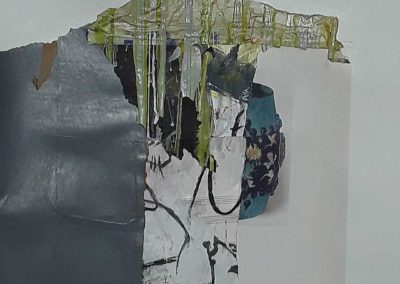
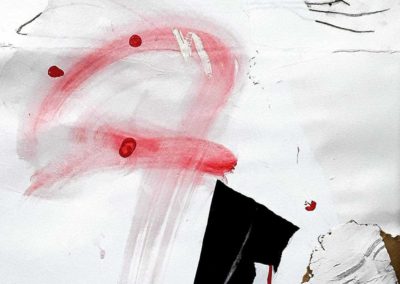
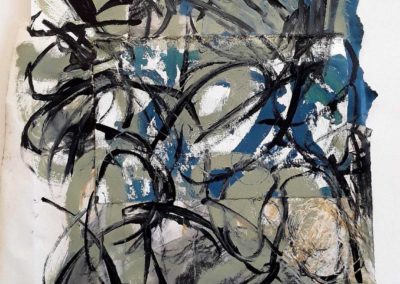
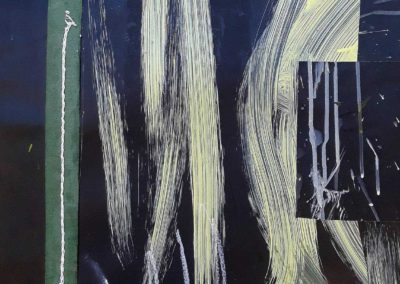
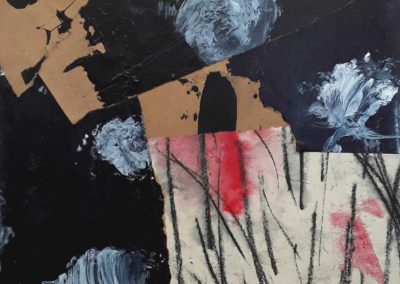
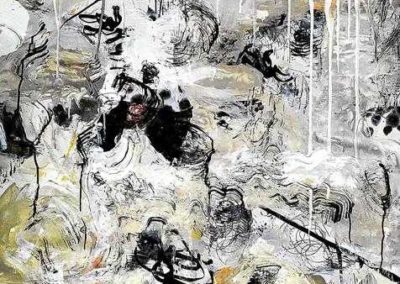
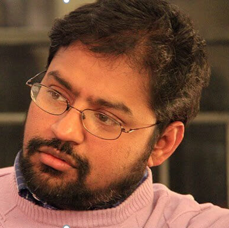
























Carl Heyward…Brilliant as ever and even more succinct. As real and authentic as it gets. A fabulous interview on both of your parts. Thank you.